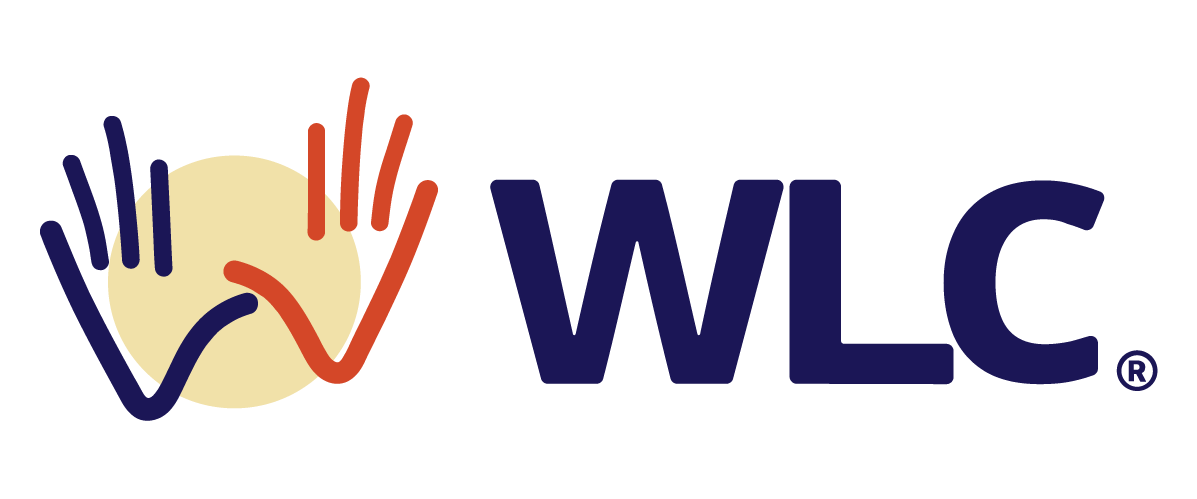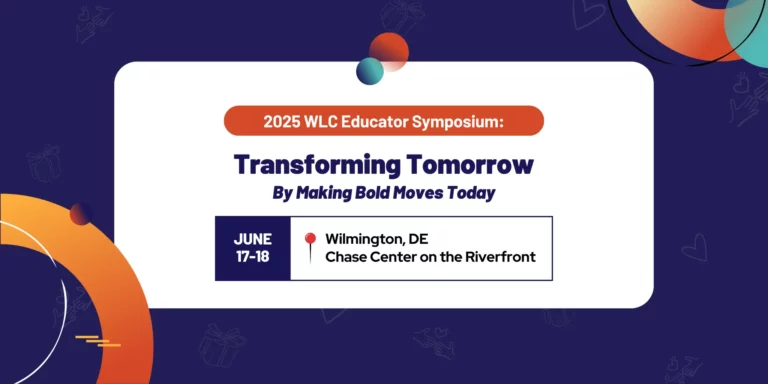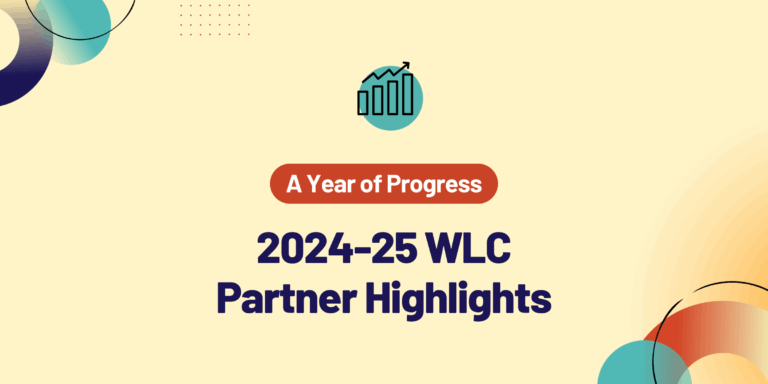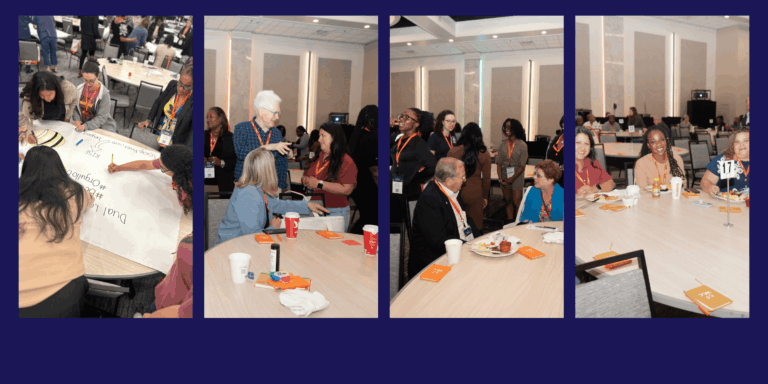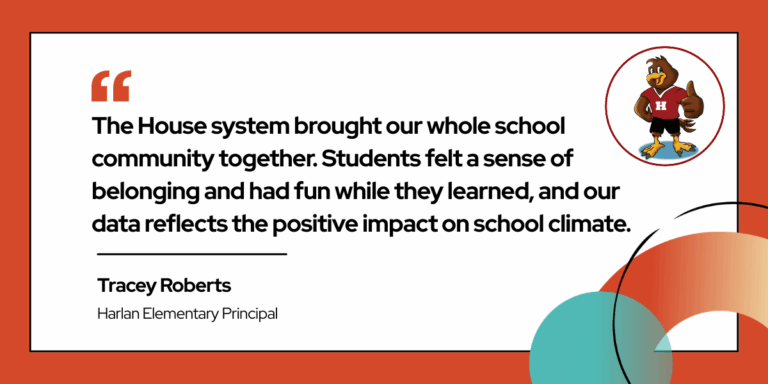The Impact of Chronic Absenteeism and Our Strategies for Supporting Student Success
In June 2024, Digital Promise introduced Chronic Absenteeism: Insights and Innovations, a groundbreaking six-month initiative engaging 19 school districts across the U.S., including the Wilmington Learning Collaborative (WLC). With a reach of over 210,000 students nationwide, the program aims to tackle chronic absenteeism through innovative research, purposeful partnerships, and tailored support for students.
What is chronic absenteeism? Chronic absenteeism—defined as missing 10% or more of school days, both excused and unexcused—poses a significant barrier to student success, especially among economically disadvantaged students, students of color, and those with disabilities. Data from 2022-2023 shows that 23% of students were chronically absent in Delaware—a significant rise from pre-pandemic levels, which were at 15%.
Between 2020 and 2022, Delaware schools saw notable increases in the number of days missed across all grade levels and demographics. For example, in 2020, the average number of days missed by all students was 6.27, and in 2021, it jumped to 11.68 days. In 2022, it increased again to 12.42 days before dropping to 11.7 days in 2023.

Understanding the Effects of Chronic Absenteeism
The causes of chronic absenteeism stem from various factors. Beyond the obvious challenges like transportation and food insecurity, other barriers such as unsafe routes, family obligations, and a lack of supportive learning environments play a crucial role. For many students, academic disengagement further compounds the problem as they struggle to see how school connects to their broader life goals. Other students have reported that they simply don’t feel safe at school.
The consequences of chronic absenteeism are far-reaching. Missing just two days of school each month can set students back academically, leading to difficulties in achieving grade-level proficiency and an increased risk of dropping out. As absentee rates continue to climb, the impact on students’ futures becomes ever more apparent, underscoring the urgent need for intervention.
Our Strategies for Reducing Chronic Absenteeism
Addressing chronic absenteeism starts with a supportive, engaging school environment where students feel valued and motivated. Here’s how the WLC is working to reduce it through community, school, and partnership-driven strategies:
Students First: Support-Centered Culture
The WLC’s mission centers on the belief that all students can succeed and seeks to create an environment that nurtures this potential. When students experience a learning environment that affirms their identities and aligns with their aspirations, they are more likely to stay connected to school and have fewer unexcused absences.
Connected Schools: Collaborating to Achieve Shared Goals
Through the WLC network, schools are encouraged to collaborate, share resources, and take collective responsibility for student attendance and outcomes. This school collaboration model enhances communication between schools, allowing teachers to learn from one another and address issues contributing to chronic absenteeism.
Purposeful Partnerships: Building Strong Community Ties
The WLC works closely with local families and community leaders to create supportive networks, ensuring students feel valued and connected to their school communities. This strategy encourages collaboration to address many issues, supporting student attendance through aligned goals—including monthly council meetings focusing on updates, projects, and insight from the whole community.
By working together, engaging the community, focusing on the students, enhancing collaboration across schools, and building fruitful partnerships, our goal is to empower students to thrive both in and beyond the classroom.
The WLC’s Partnership with Digital Promise
Starting this past summer, the WLC has been engaged in a six-month cohort program with Digital Promise, covering everything from the impacts of chronic absenteeism to applying an inclusive innovation framework, root cause analysis, student journey mapping, and strategy implementation.
The WLC’s work with Digital Promise will embrace co-leadership and co-design strategies to craft community-centered and sustainable solutions. This partnership will involve educators, students, and families in every step of the process, ensuring that solutions are practical, inclusive, and reflective of the community’s needs.
Together, program partners are working to transform schools by building staff, student, and parent capacity to reduce chronic absenteeism.
“Eliminating chronic absenteeism is not simply a matter of improving attendance,” says Jean-Claude Brizard, CEO of Digital Promise, “but ensuring students have powerful, relevant learning experiences that put them on a path to well-being, agency, and economic mobility.”
This approach emphasizes that chronic absenteeism intervention requires not just awareness but a commitment from community stakeholders to create meaningful change.While the journey to reduce chronic absenteeism is complex and challenging, the combined efforts of the WLC and Digital Promise are paving the way for improved attendance, academic success, and brighter futures for students, not only in Wilmington but across the nation.
